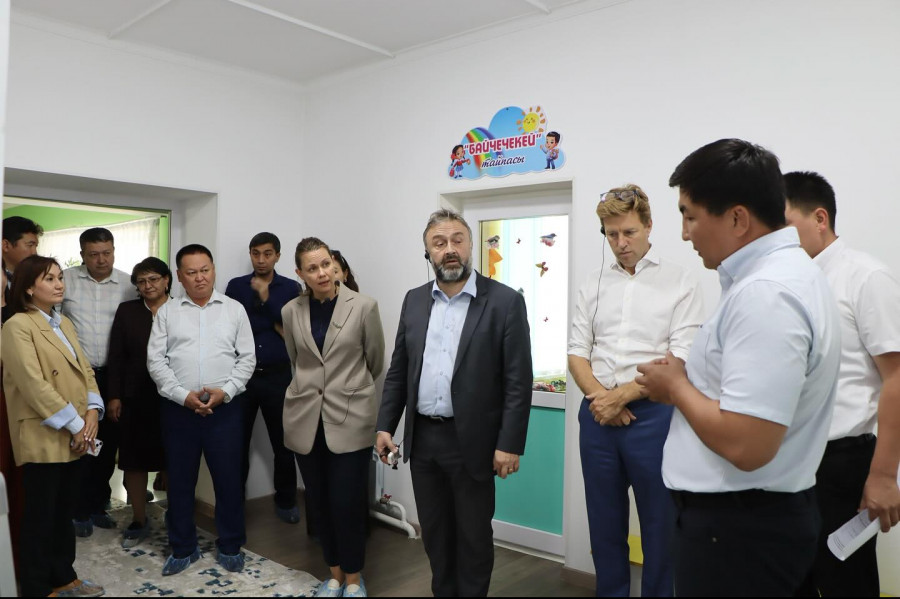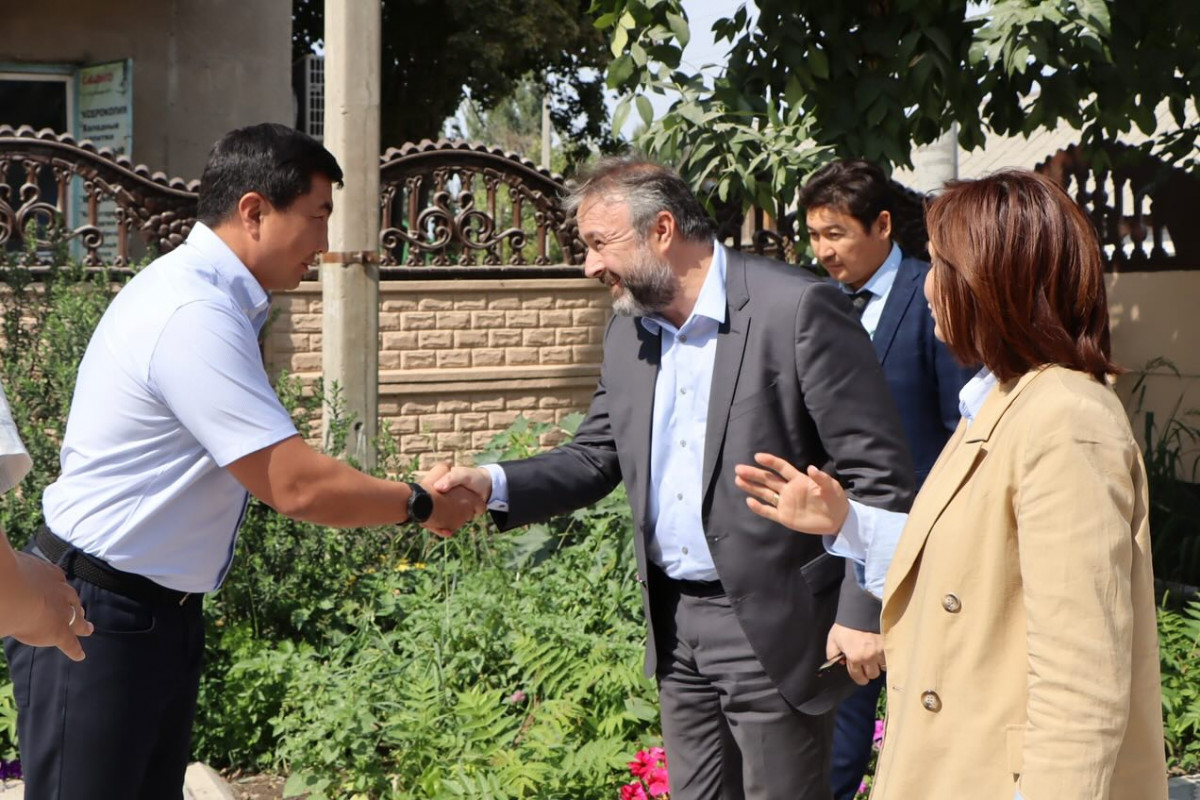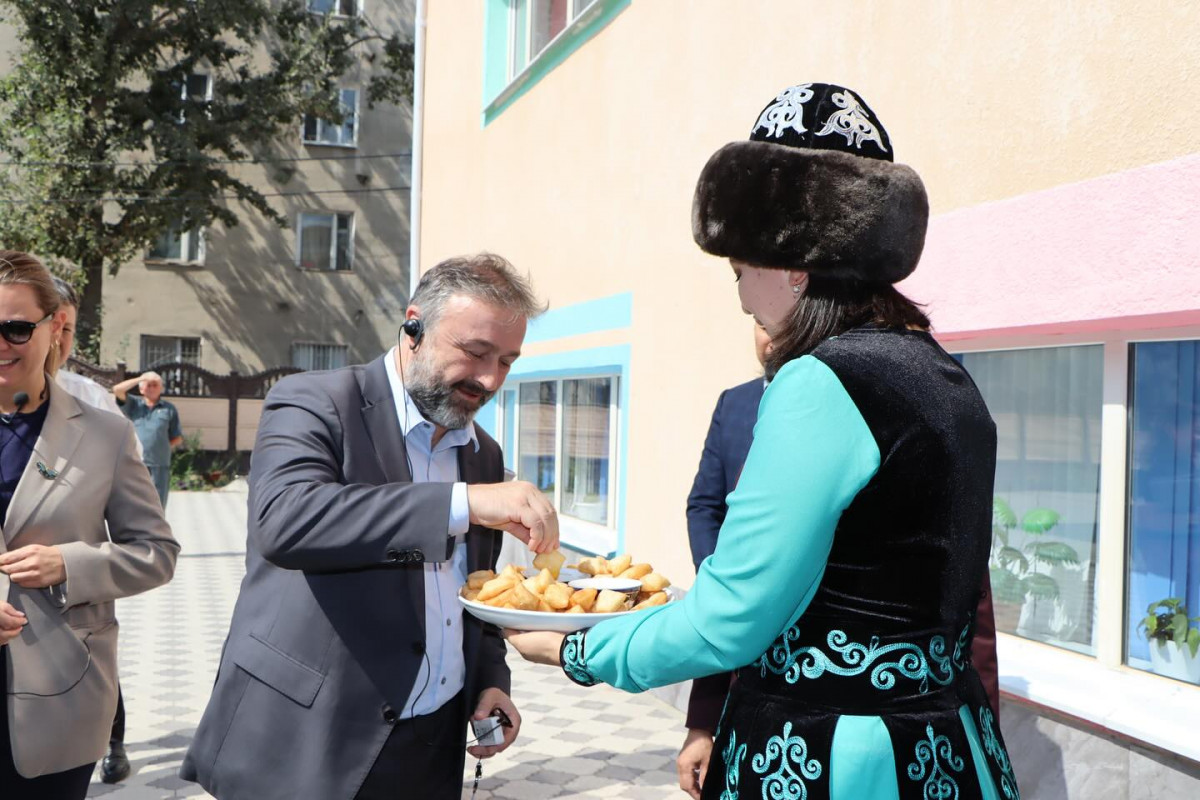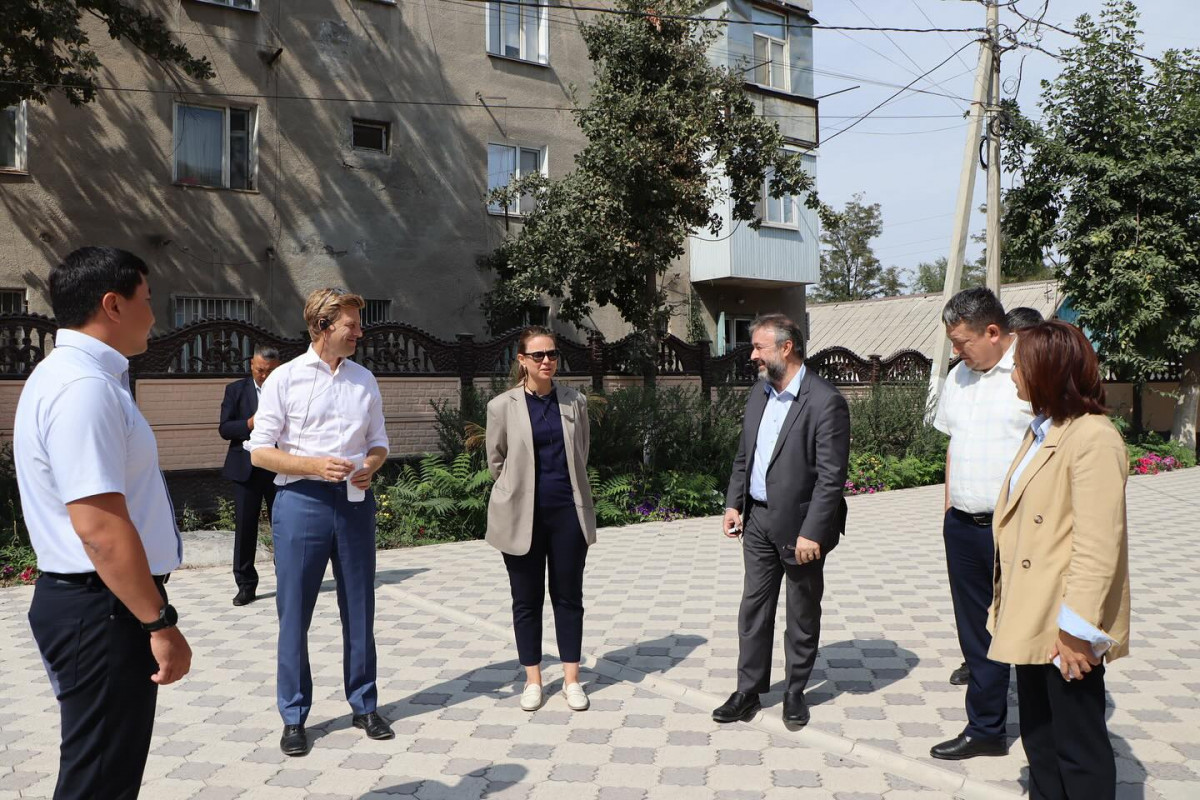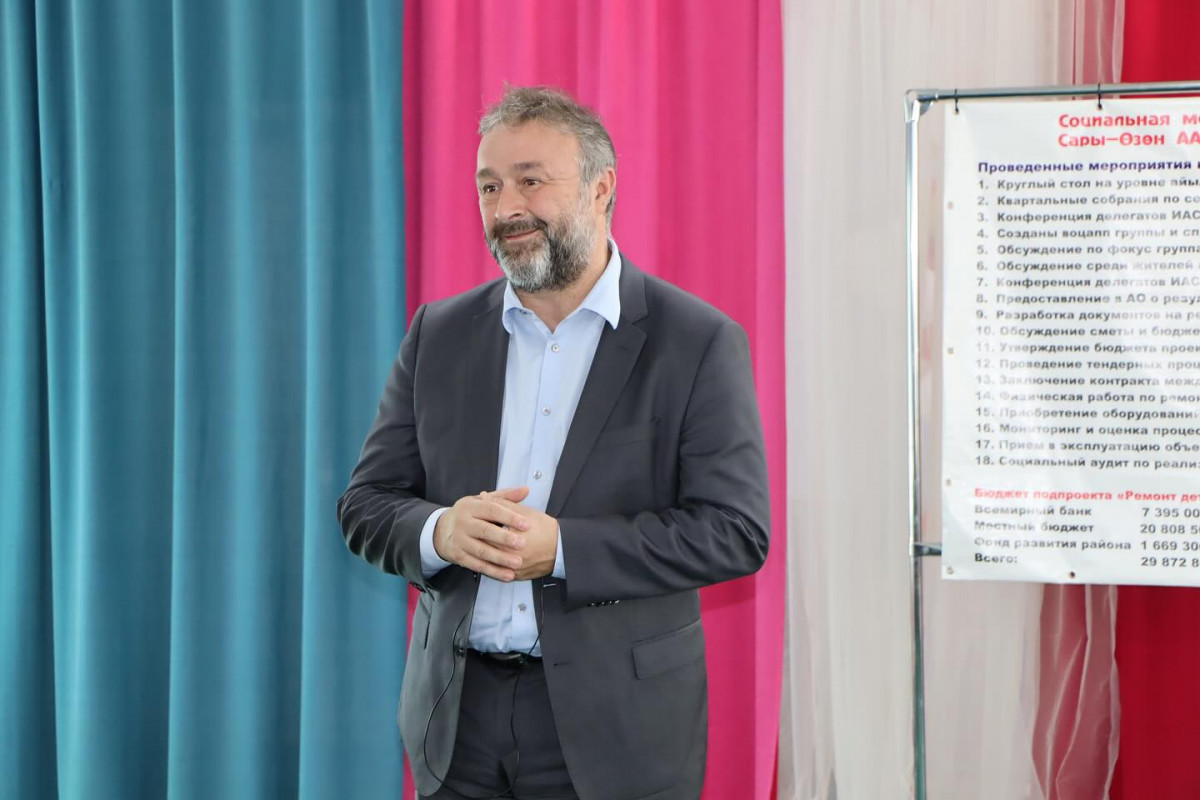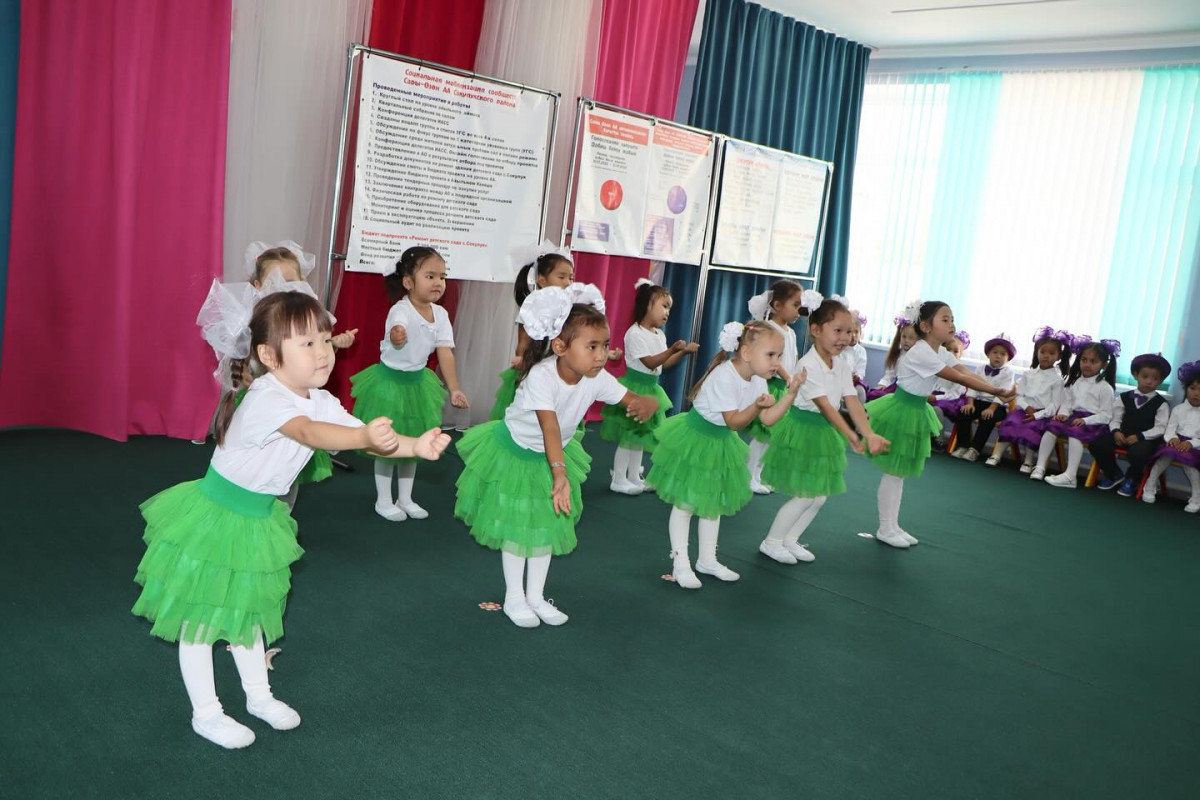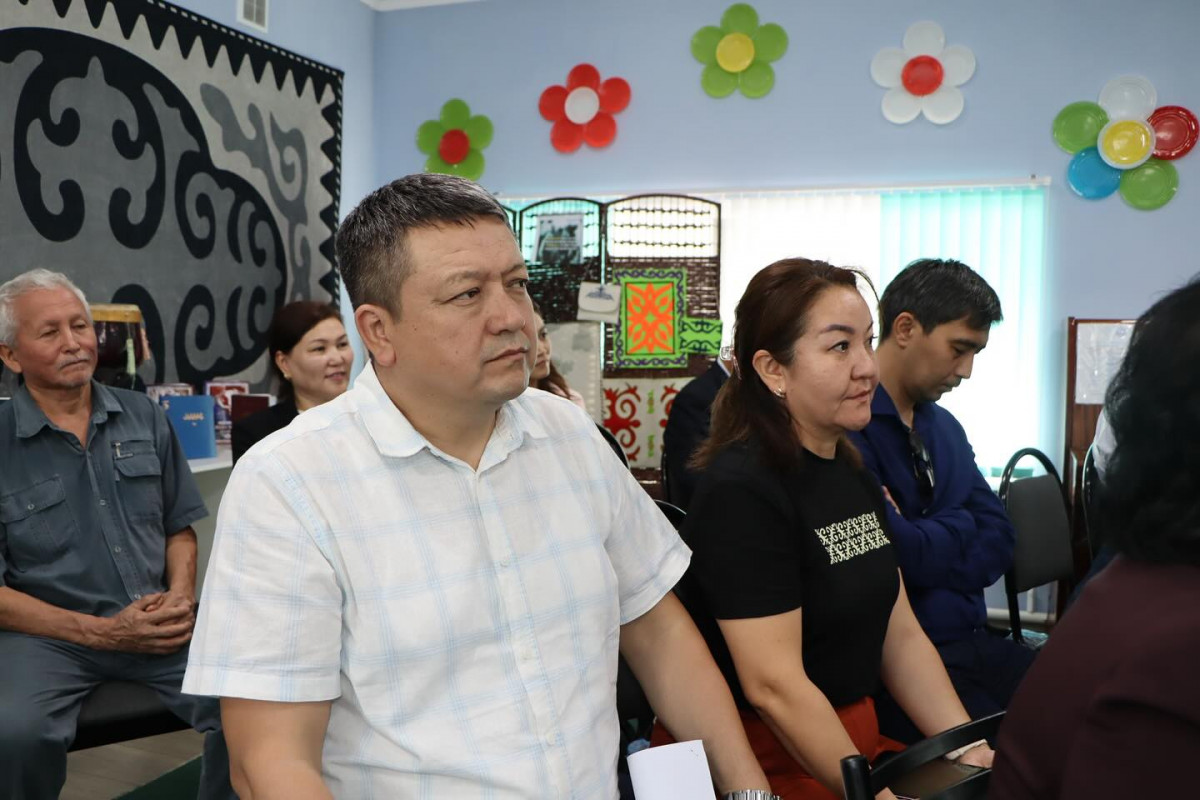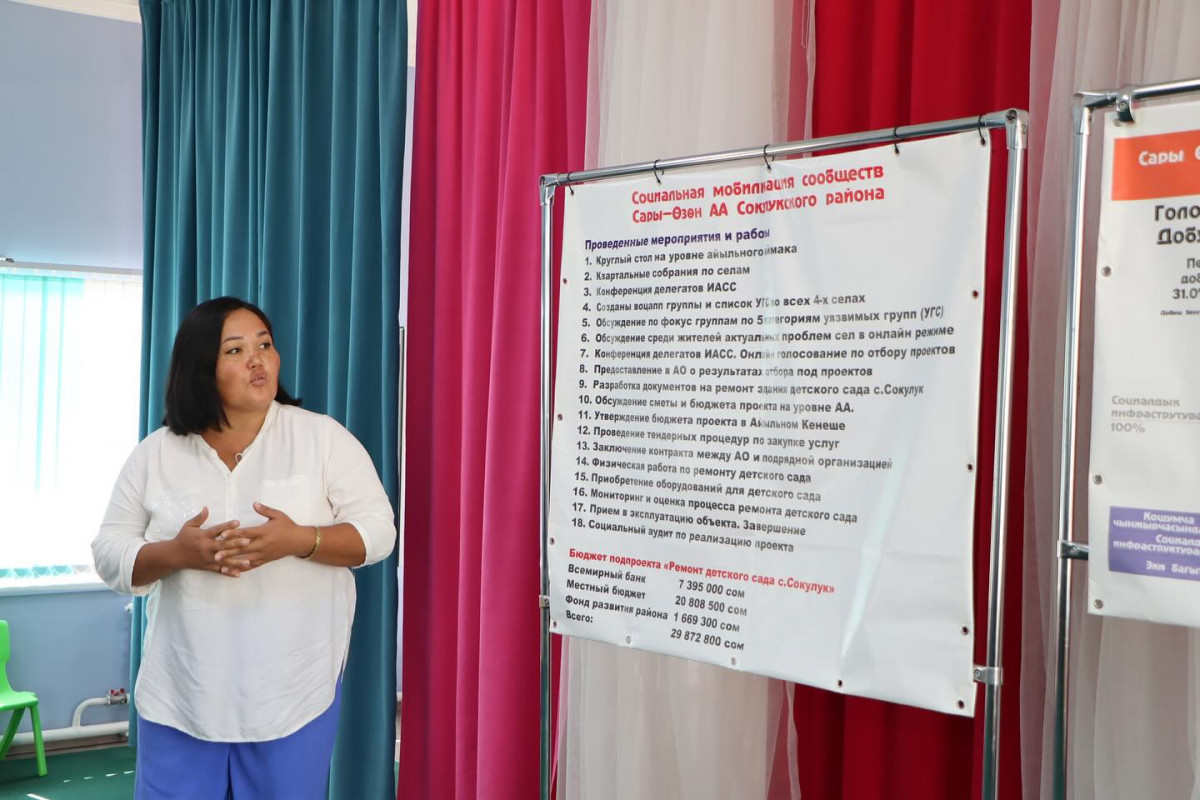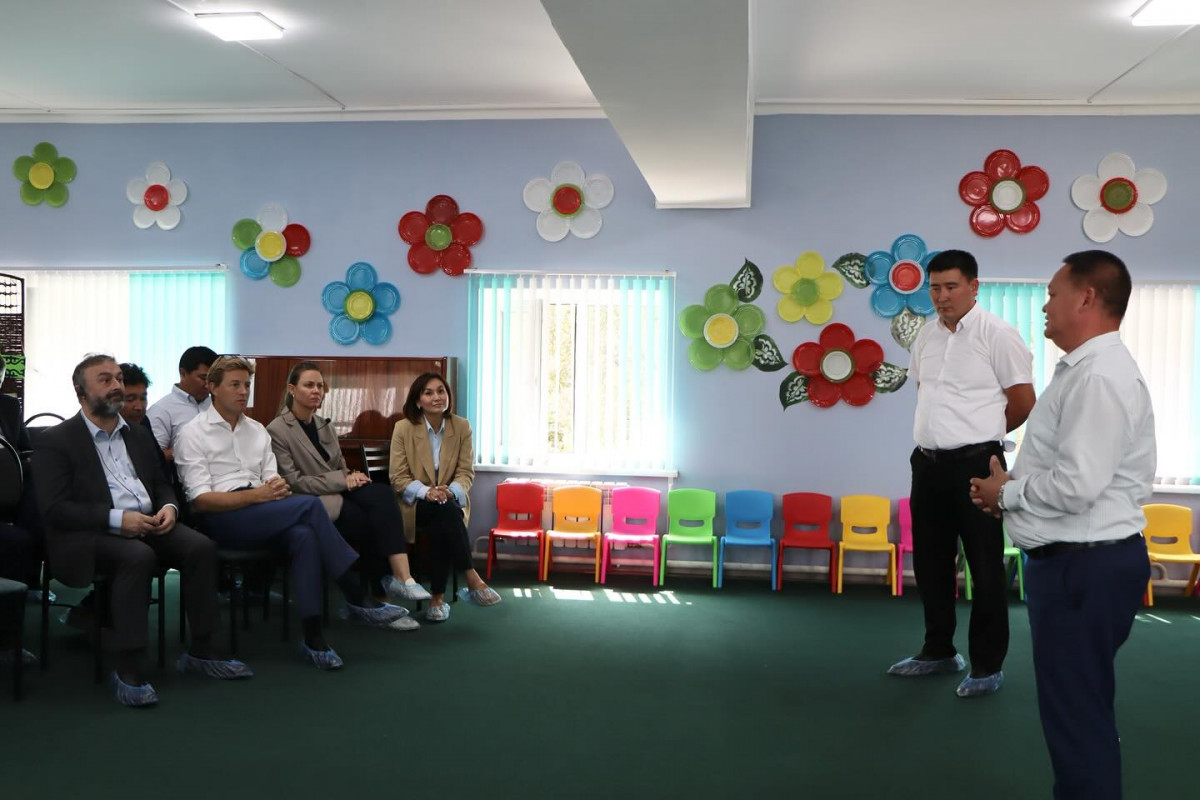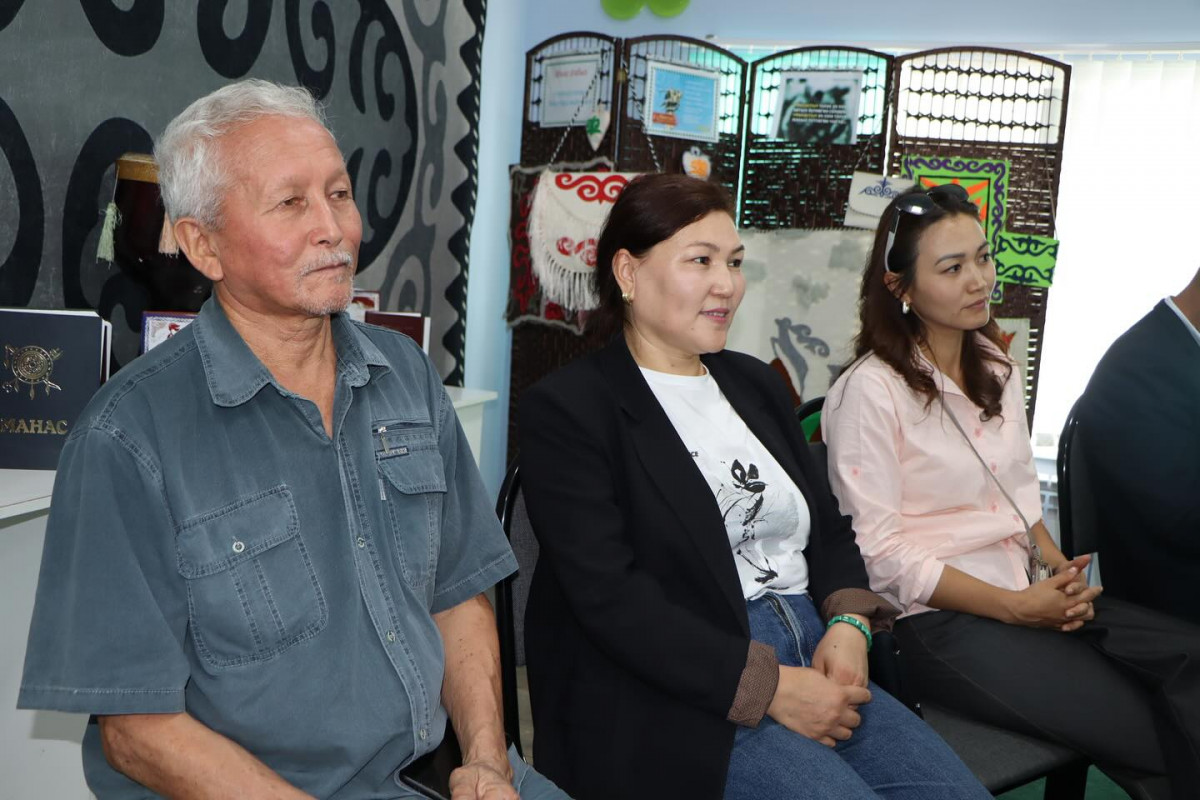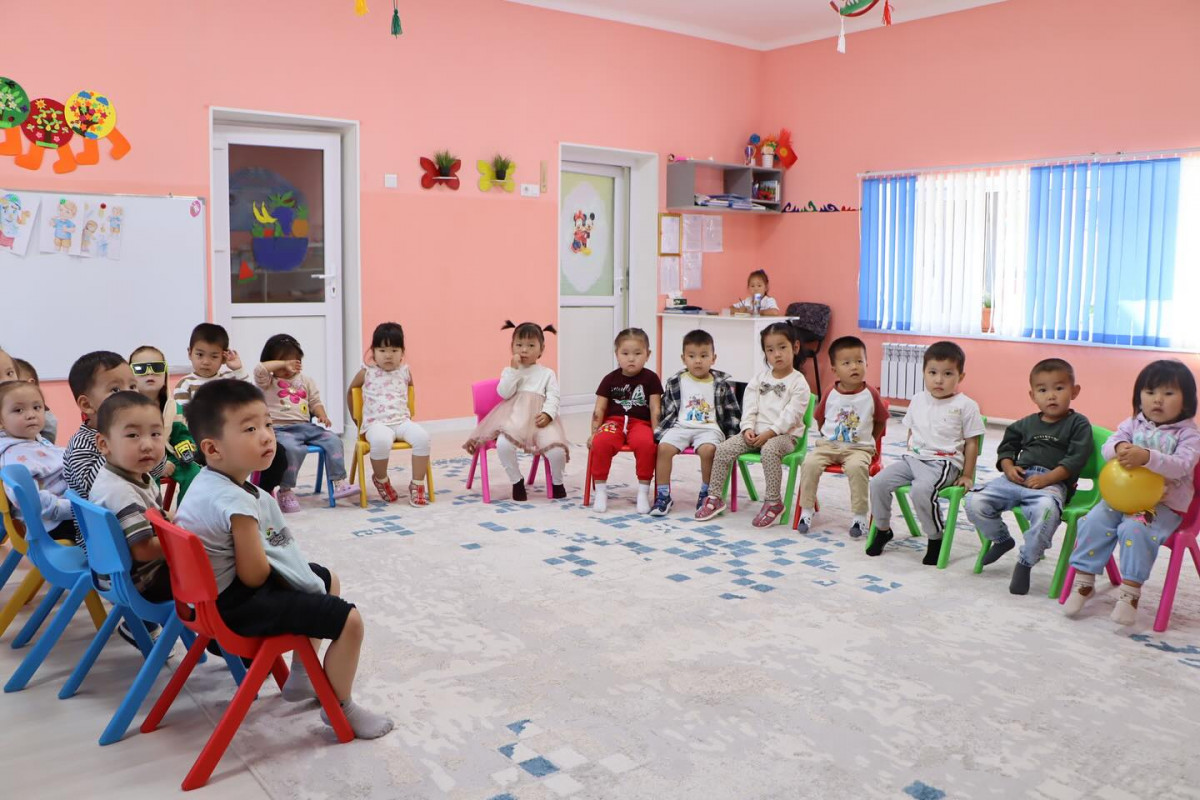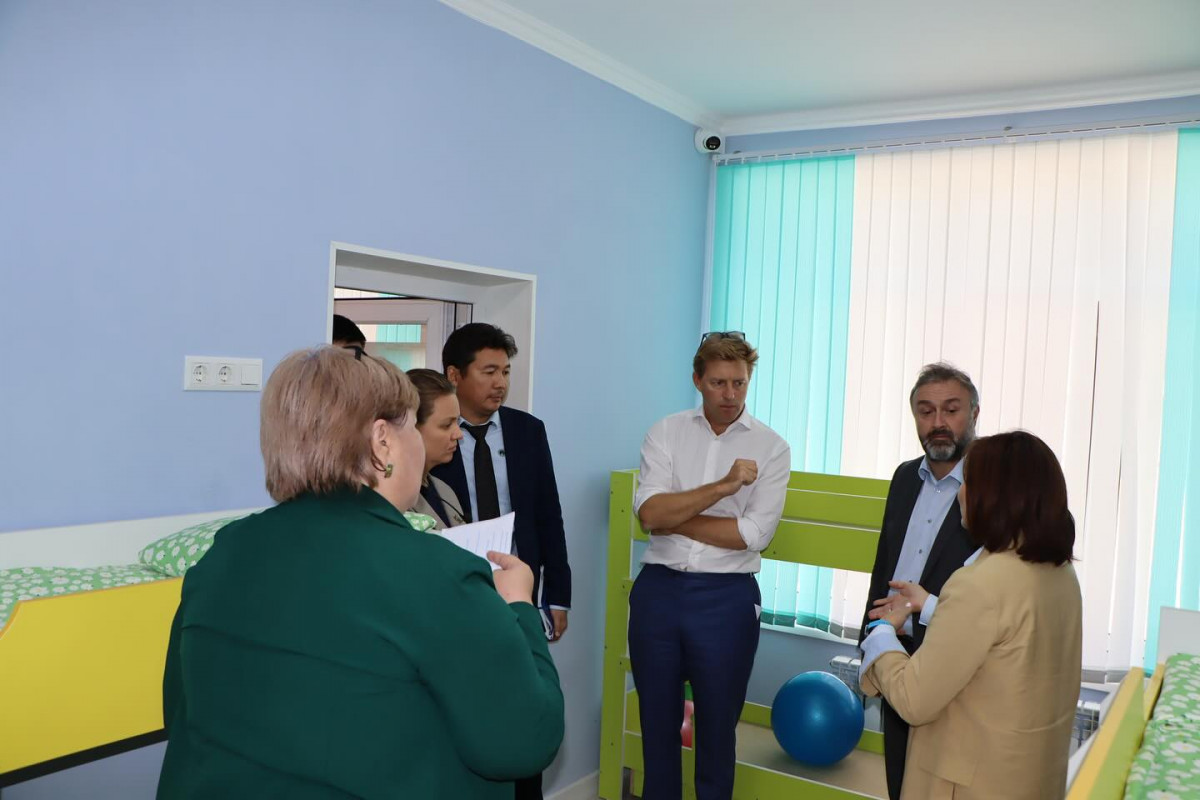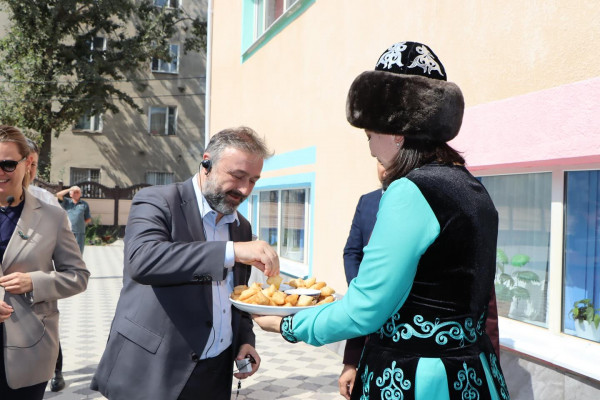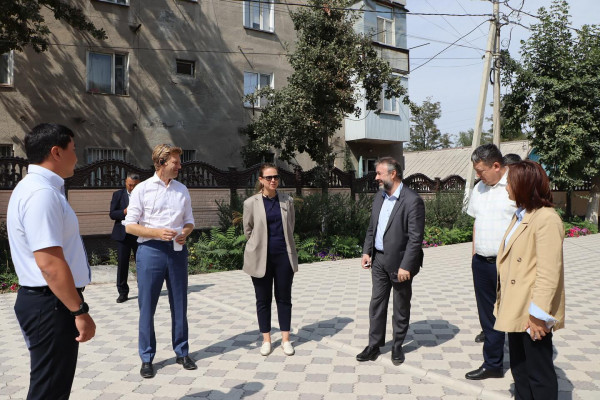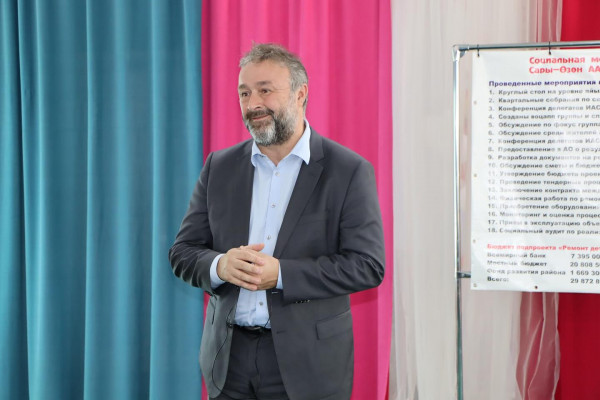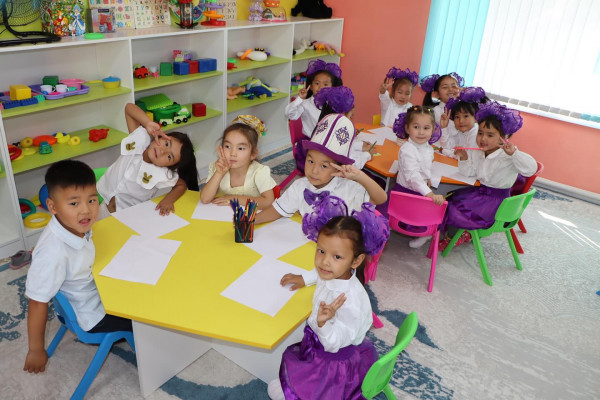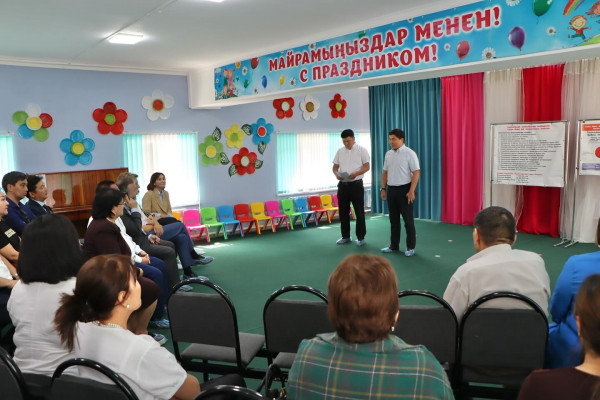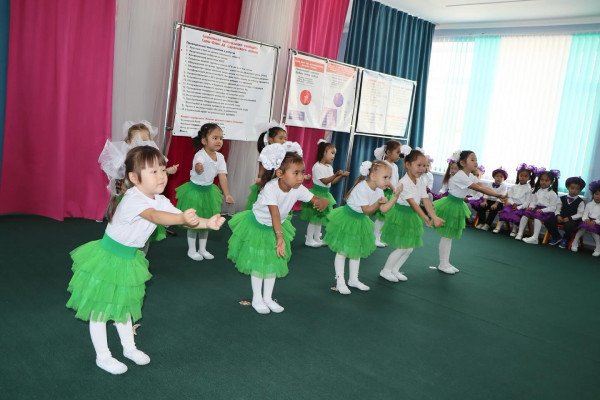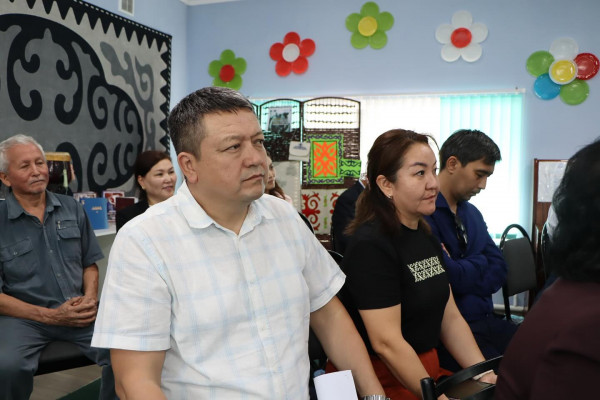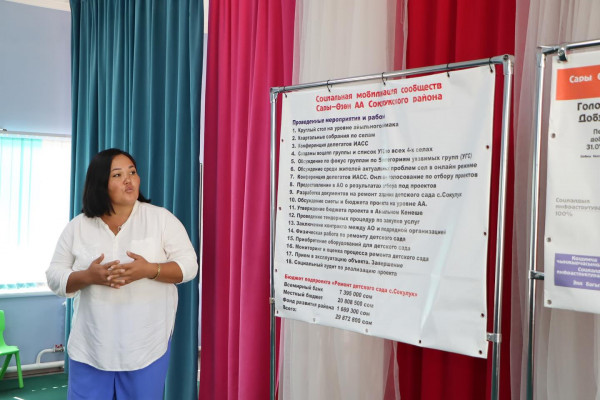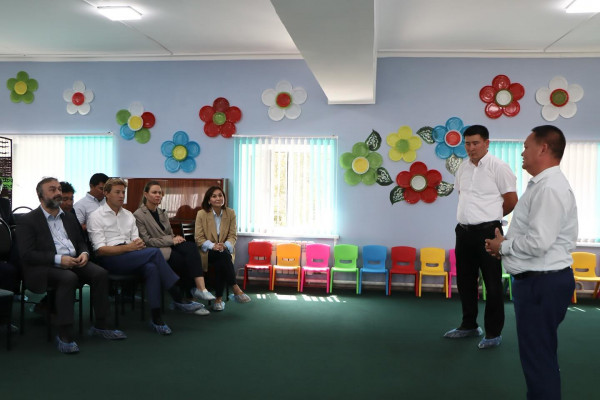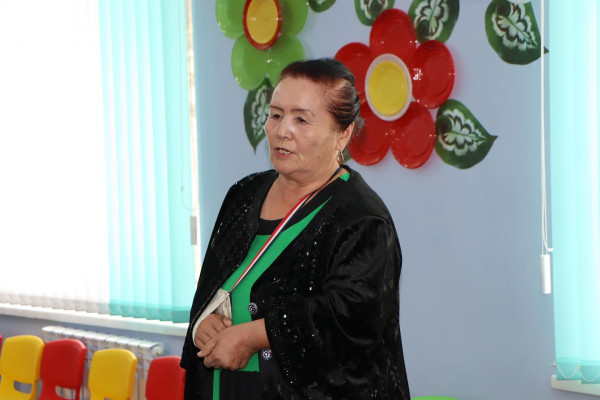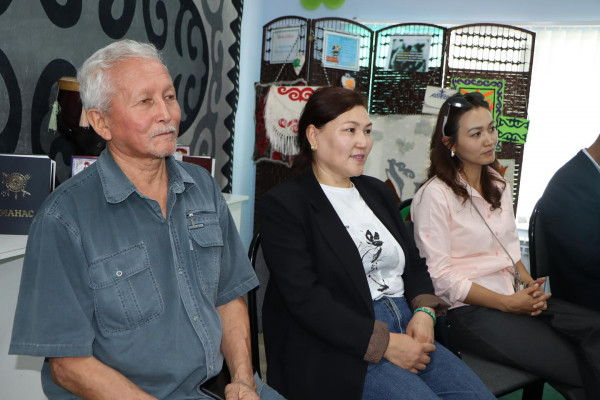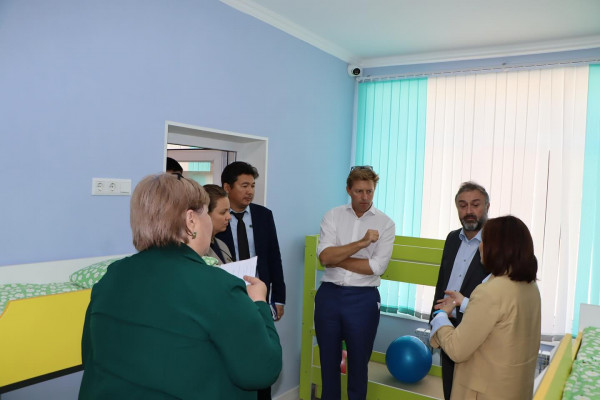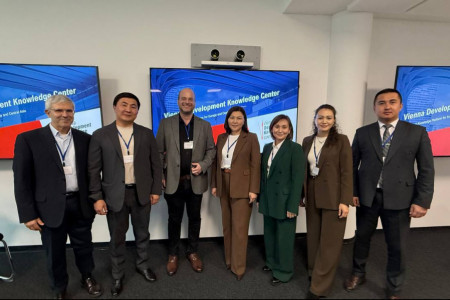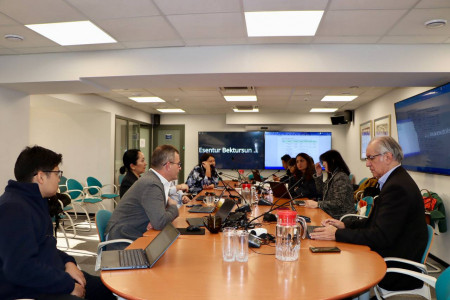The World Bank Regional Director for Central Asia, Najy Benhassine, visited a kindergarten in Sokuluk village
A kindergarten in Sokuluk village of Sokuluk district, Chui Oblast, was renovated under one of the community-driven development projects — “Third Village Investment Project (COVID-19 Response) Additional Financing.”
As part of the familiarization visit, the site was visited by the World Bank Regional Director for Central Asia, Najy Benhassine, the World Bank Country Manager for the Kyrgyz Republic, Hugh Riddell, Deputy Head of the District State Administration Emil Orozbakov, ARIS Executive Director M. D. Naspekov, NCIP Project Coordinator Mayrambek Bayaliev, representatives of the World Bank, local self-government bodies, the ARIS team, as well as parents of the children and others.
Speaking at the meeting, Najy Benhassine emphasized that the World Bank highly values its fruitful cooperation with the Kyrgyz Republic and intends to continue supporting initiatives aimed at the country’s socio-economic development.
The Sary-Ozon Ayil Aimak (previously named after N. K. Krupskaya) unites nine villages with a total population of 25,373 people. Thanks to the project, safe conditions for early childhood development were created, with the use of energy-efficient technologies and compliance with seismic standards.
The total budget of this subproject amounted to 18,301,000 soms, of which the contribution from IDA was 7,395,000 soms, and the contribution of the Ayil Aimak and local self-government bodies was 10,906,000 soms.
It should be recalled that in December last year the VIP-3 AF was successfully completed with financial support from the World Bank. It covered Chui, Issyk-Kul, Naryn, and Talas Oblasts. Its main objectives were to build the capacity of local communities, strengthen citizen engagement in decision-making, and improve access to quality social infrastructure.
The project also helped create new jobs, expand economic opportunities for women, youth, and persons with disabilities, and provide access to primary health care in previously underserved communities.
